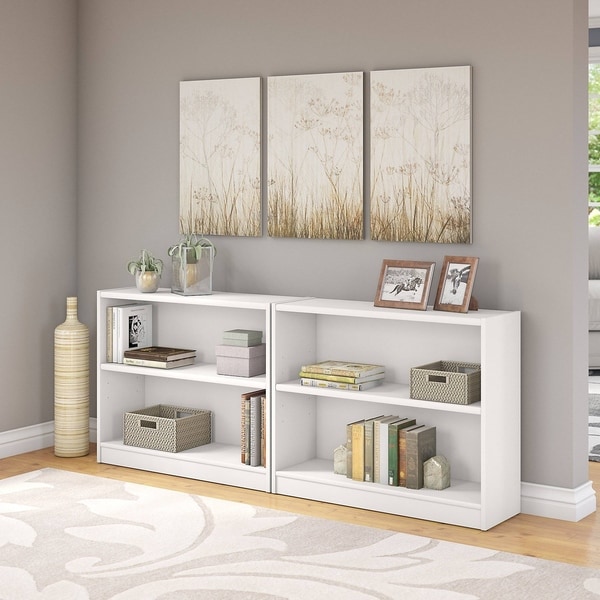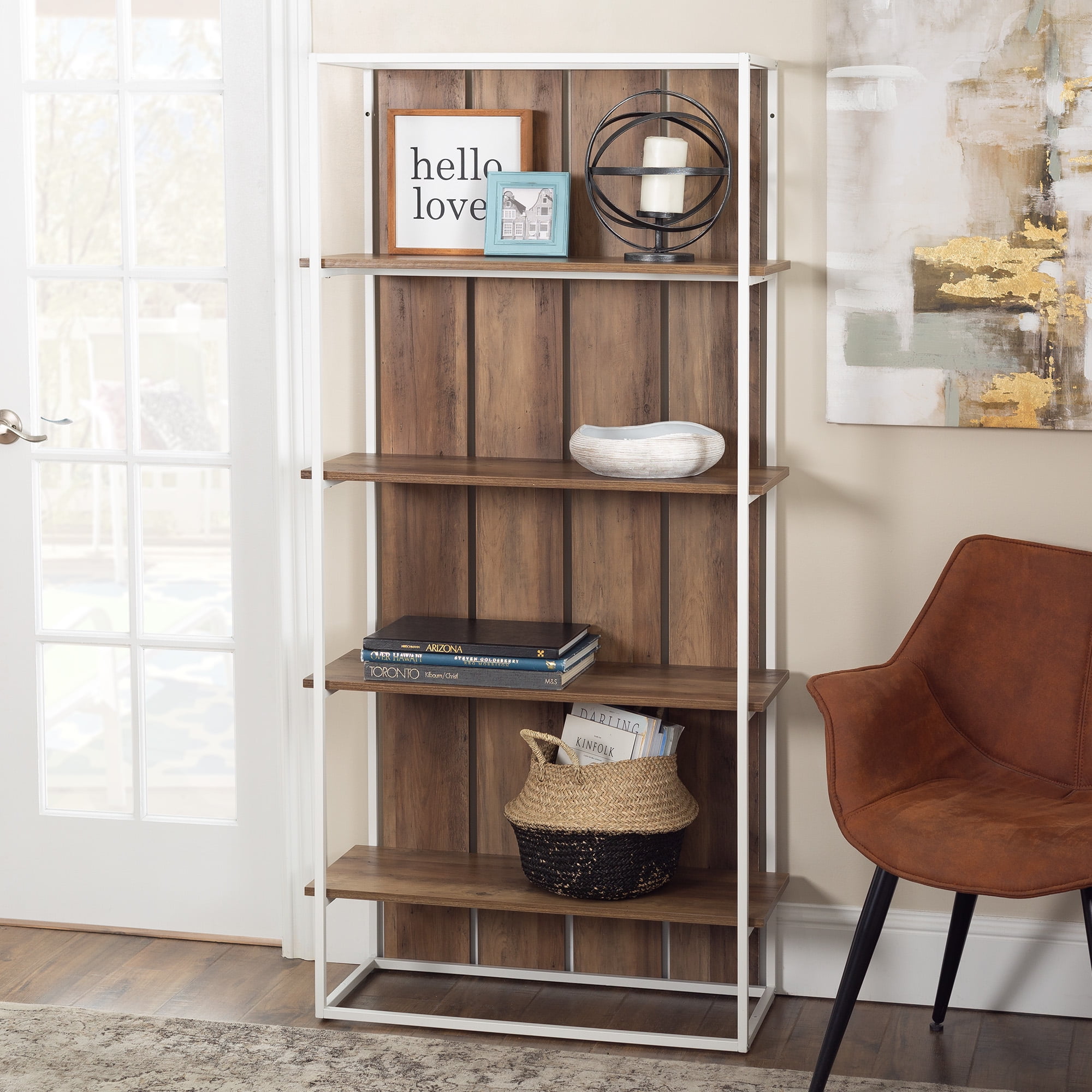
Such additives may include rubber, as in Loctite's "Ultra Gel", or others which are not specified. More recently, formulations are available with additives to increase shear strength, creating a more impact resistant bond. To facilitate easy handling, a cyanoacrylate adhesive is frequently formulated with an ingredient such as fumed silica to make it more viscous or gel-like. Ethyl 2-cyanoacrylate ((CH 2=C(C≡N)COOCH 2CH 3)) has a molecular weight of 125 g/mol and a flashpoint of more than 75 ☌ (167 ☏ 348 K). Methyl 2-cyanoacrylate (CH 2=C(C≡N)COOCH 3) has a molecular weight of 111.1 g/mol, a flashpoint of 79 ☌ (174 ☏ 352 K), and a density of 1.1 g/mL. In its liquid form, cyanoacrylate consists of monomers of cyanoacrylate ester molecules. As of 2019 Permabond continued to manufacture the original 910 formula. Together, Loctite, Eastman, and Permabond accounted for approximately 75% of the industrial cyanoacrylate market. Other manufacturers of cyanoacrylate include LePage (a Canadian company acquired by Henkel in 1996), the Permabond Division of National Starch and Chemical, which was a subsidiary of Unilever. National Starch and Chemical Company purchased Eastman Kodak's cyanoacrylate business and combined it with several acquisitions made throughout the 1970s forming Permabond. Loctite quickly gained market share, and by the late 1970s it was believed to have exceeded Eastman Kodak's share in the North American industrial cyanoacrylate market. In 1971, Loctite developed its own manufacturing technology and introduced its own line of cyanoacrylate, called "Super Bonder". The two realized the true commercial potential, and a form of the adhesive was first sold in 1958 under the title "Eastman #910" (later "Eastman 910").ĭuring the 1960s, Eastman Kodak sold cyanoacrylate to Loctite, which in turn repackaged and distributed it under a different brand name "Loctite Quick Set 404". The team quickly rejected the substance for the wartime application, but in 1951, while working as researchers for Eastman Kodak, Coover and a colleague, Fred Joyner, rediscovered cyanoacrylates.

stumbled upon a formulation that stuck to everything with which it came in contact. In 1942, a team of scientists headed by Harry Coover Jr. Goodrich Company as an outgrowth of a search for materials suitable for clear plastic gun sights for the war effort.

The original patent for cyanoacrylate was filed in 1947 by the B.F. shortly before being awarded the National Medal of Technology and Innovation in 2010 The abbreviation "CA" is commonly used for industrial grade cyanoacrylate. Cyanoacrylate adhesives are sometimes known generically as instant glues, power glues or superglues.

#White bookshelf 2 shelves skin
Octyl cyanoacrylate was developed to address toxicity concerns and to reduce skin irritation and allergic response. Specific cyanoacrylates include methyl 2-cyanoacrylate (MCA), ethyl 2-cyanoacrylate (ECA, commonly sold under trade names such as "Super Glue" and "Krazy Glue", or Toagosei), n-butyl cyanoacrylate (n-BCA), octyl cyanoacrylate, and 2-octyl cyanoacrylate (used in medical, veterinary and first aid applications). The cyanoacrylate group in the monomer rapidly polymerizes in the presence of water to form long, strong chains. They are derived from ethyl cyanoacrylate and related esters. Chemical structure of ethyl cyanoacrylate, the precursor to many commercial adhesives.Ĭyanoacrylates are a family of strong fast-acting adhesives with industrial, medical, and household uses.


 0 kommentar(er)
0 kommentar(er)
